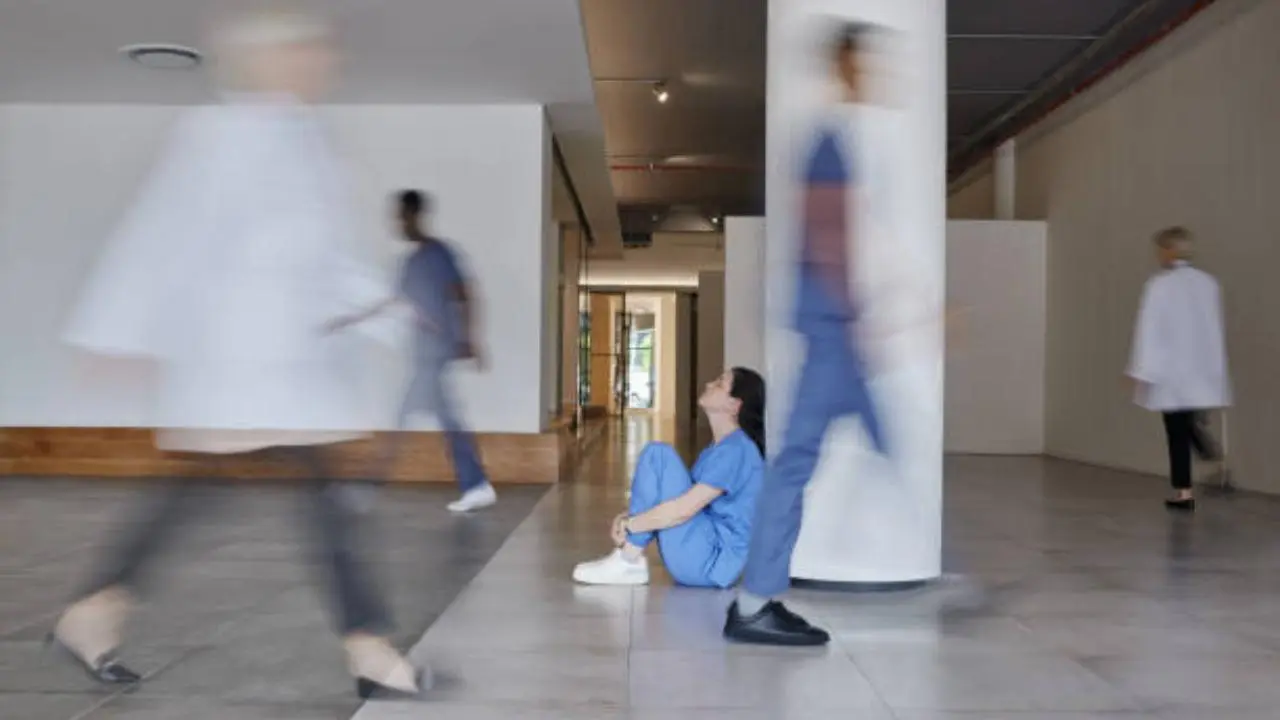Doctors Warn of 'Social Burnout': A New Mental Health Condition Fueled by Online Overload

What Just Happened?
In June 2025, the World Health Organization officially recognized a new mental health condition called Social Burnout, a stress-related disorder caused by extreme exposure to social media platforms and digital communication. The announcement came after a major global study involving over 200,000 participants revealed alarming levels of psychological exhaustion, anxiety, and emotional numbness directly tied to excessive online engagement.
This new diagnosis is not about casual scrolling. It’s about users feeling mentally drained, emotionally flat, and socially anxious due to constant notifications, online drama, content pressure, and comparison overload.
What Is Social Burnout?
Social Burnout is defined as a mental and emotional fatigue state triggered by long-term exposure to digital interactions, particularly on platforms like Instagram, TikTok, X (formerly Twitter), and LinkedIn.
Doctors say it’s similar to traditional burnout seen in high-pressure jobs, but this version is fueled by digital environments. It often develops silently over time, making it harder to detect early.
Common symptoms include:
- Feeling mentally tired after browsing social apps
- Irritability or mood swings after checking online content
- Avoiding real-life conversations due to digital overload
- Trouble sleeping because of screen time or content anxiety
- A constant need to "stay updated" despite no joy in doing so
Unlike standard anxiety or depression, Social Burnout is more environmental. It is linked to user behavior, algorithm pressure, and non-stop digital interaction.
Who Is at Risk?
The study shows Social Burnout is affecting a wide range of users, especially:
- Teenagers and young adults who spend 4 to 8 hours daily on apps
- Content creators and influencers under pressure to stay active
- Remote workers juggling constant online chats, emails, and video calls
- Parents managing family, work, and online expectations at the same time
In one example, a 23-year-old digital designer from London reported feeling “more exhausted after a day on Instagram than after a 10-hour work shift.” Many users describe a foggy feeling and emotional flatness they can’t explain, until they take a long break from screens.
What Are Doctors Saying?
Mental health experts are calling Social Burnout the “next big wave” in emotional health challenges. While it's not as severe as clinical depression, it’s becoming more widespread and harder to treat without lifestyle change.
Psychologists warn that algorithms reward high engagement, pushing people to interact constantly even when it’s damaging. Likes, comments, and follower counts become emotional triggers. The pressure to post, reply, and stay “relevant” can quickly turn into obsession.
Therapists now recommend regular digital detox days, screen-time tracking, and clearer personal boundaries online. Some clinics are even offering short-term inpatient care for patients with severe burnout symptoms.
How Social Media Companies Are Responding
Some platforms are taking notice. TikTok and Instagram have introduced “Scroll Break” pop-ups, and Apple’s Screen Time and Android’s Digital Wellbeing tools are gaining popularity again.
However, critics argue these steps are not enough. Advocacy groups are demanding stronger regulations, like mandatory rest prompts, reduced content push, and age-based design changes.
There’s also a call for social apps to deprioritize addictive features, such as infinite scroll, autoplay videos, and algorithmic pressure to chase likes.
What Can Users Do?
If you think you're experiencing signs of Social Burnout, experts suggest the following steps:
- Take short breaks: 1 or 2 hours daily without screens can reduce symptoms.
- Limit notifications: Turn off all non-essential alerts to reduce mental clutter.
- Use grayscale mode: Reducing screen stimulation can help with attention and calm.
- Mute or unfollow stressful accounts: You don’t need to follow everyone.
- Create offline habits: Reading, walking, and talking with friends can reset your mind.
For people with severe symptoms, therapy is strongly recommended, especially if digital stress begins to affect sleep, mood, or work performance.
Is This the Start of a Bigger Trend?
Probably yes. Experts believe Social Burnout may just be the first of many digital-related health diagnoses. In the next few years, we could see conditions related to AI fatigue, screen-based attention disorders, and even emotional desensitization due to endless content exposure.
The digital world is not going away, but how we use it must evolve. Health and balance need to become a bigger part of design decisions, user education, and platform responsibility.
What You Should Know
- Social Burnout is now a globally recognized mental health condition caused by long-term exposure to digital content.
- It affects mental energy, emotional health, and overall focus.
- Anyone spending 3+ hours daily on social platforms is at some risk.
- Lifestyle changes and screen management can prevent or reduce its effects.
The Bottom Line
Social media is not evil, but constant exposure without limits can lead to real health problems. Social Burnout is a modern condition for a modern age, and like any health issue, it requires awareness, prevention, and balance.
It’s time for both users and platforms to treat mental energy as a resource that deserves protection. The likes can wait. Your mind cannot.